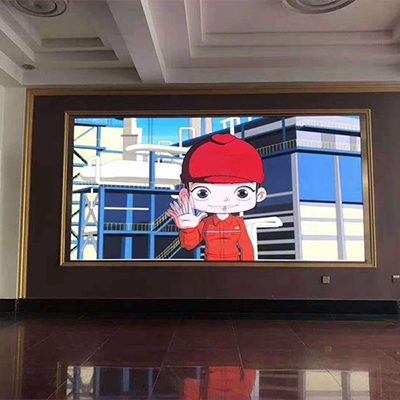Working principle of LED display
Working principle of LED display
The basic working principle of the LED display is dynamic scanning. Dynamic scanning is divided into row scanning and column scanning, among which row scanning is more common. Line scanning is divided into two ways: 8-line scanning and 16-line scanning.
In the row scanning mode, each piece of LED video wall dot matrix has a set of column drive circuit, and there is another piece of latch or shift register in the column drive circuit, which is used to latch the font data of the content to be displayed. In the row scanning working mode, the row control pins with the same name of the same row of LED digital signage dot matrix chips are connected in parallel on one line, a total of 8 lines, and finally connected to a row driving circuit; there must also be a row driving circuit Latches or shift registers are used to latch row scan signals.
The driving circuit of the LED advertising display is generally controlled by a single-chip microcomputer, of which the 51 series is the most common. The displayed content is often stored in the external data memory of the single-chip microcomputer in the form of fonts.
The control process of the single-chip microcomputer to the LED display is to read first and then write.
According to the arrangement order of the LED dot matrix pieces on the screen, the single-chip microcomputer first writes the font data to the column drive latch of the first LED dot matrix piece in the first row, and then writes the font data to the second and third pieces of the first row. slice... until the last slice has written the font data, then write the line scan signal to the line drive latch of this row, so that the relevant light-emitting diodes can be lit.
Then light up the first row of each row in the same way. After lighting up, there will be a delay for a period of time, and then the screen will be black, thus completing the one-line scanning control of the single-chip microcomputer to the LED digital screen.
The scanning control of the second row and the third row of the LED display by the single-chip microcomputer... until the scanning control of the eighth row, the process is basically the same. After the control process is completed, the LED display can display a complete display of one frame of image.
Although according to this working method, the LED display is lit row by row, and only one row is lit at a time, but as long as each row can be lit more than 50 times per second, that is, the refresh rate is higher than 50 Hz, then due to human Due to the visual inertia, the image displayed on the LED display screen is still a full-screen stable image.
